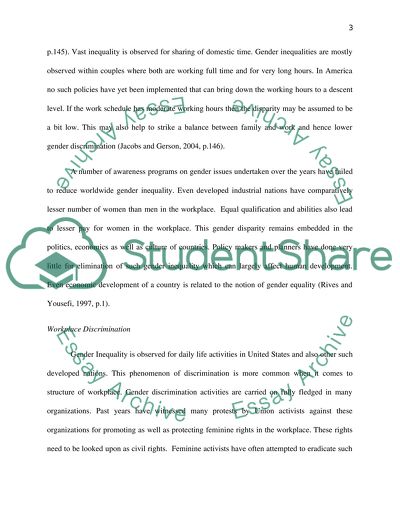Cite this document
(“Gender Inequality Research Paper Example | Topics and Well Written Essays - 3000 words”, n.d.)
Retrieved from https://studentshare.org/sociology/1394501-gender-inequality
Retrieved from https://studentshare.org/sociology/1394501-gender-inequality
(Gender Inequality Research Paper Example | Topics and Well Written Essays - 3000 Words)
https://studentshare.org/sociology/1394501-gender-inequality.
https://studentshare.org/sociology/1394501-gender-inequality.
“Gender Inequality Research Paper Example | Topics and Well Written Essays - 3000 Words”, n.d. https://studentshare.org/sociology/1394501-gender-inequality.


